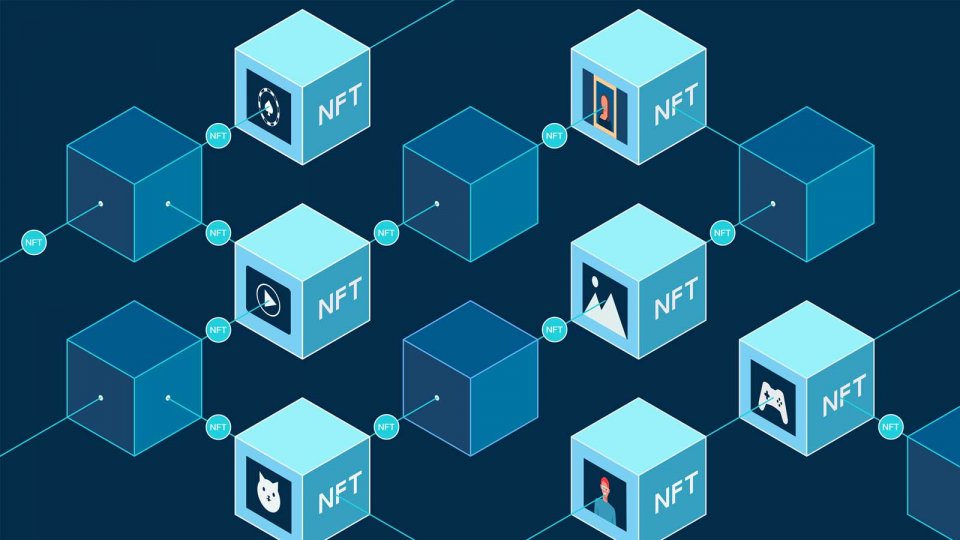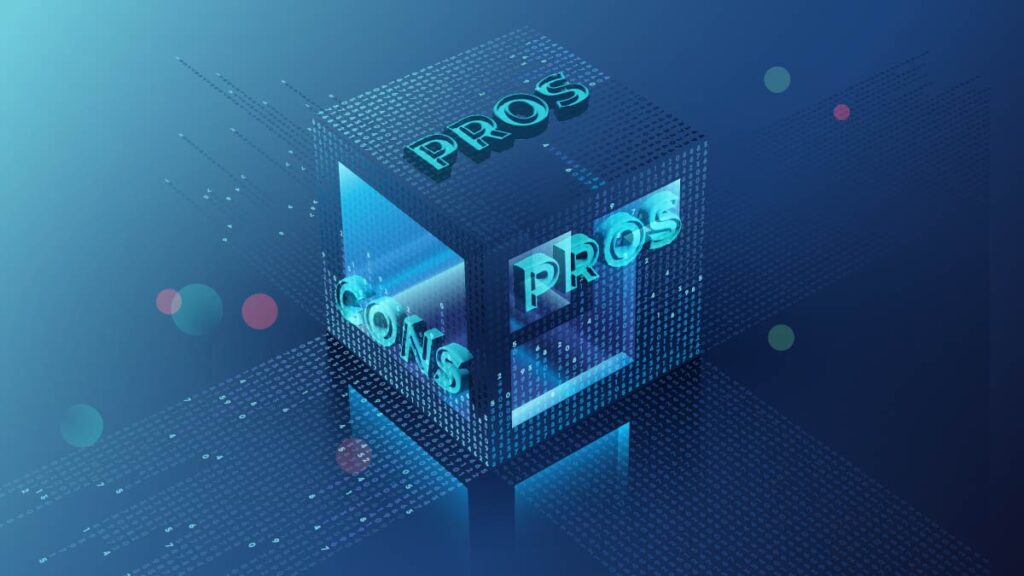Unlocking the Future: How Blockchain Technology is Revolutionizing Industries and Empowering Users

What Is a Blockchain?
A blockchain is a distributed database or ledger that is shared among the nodes of a computer network. It is widely recognized for its role in cryptocurrency systems, where it maintains a secure and decentralized record of transactions. However, its applications extend beyond cryptocurrencies, making data in various industries immutable, meaning it cannot be altered. This immutability reduces the need for trusted third parties like auditors, thus lowering costs and minimizing human errors. Since Bitcoin’s introduction in 2009, blockchain technology has spurred the creation of numerous cryptocurrencies, decentralized finance (DeFi) applications, non-fungible tokens (NFTs), and smart contracts.
How Does a Blockchain Work?
A blockchain functions similarly to a traditional database but with distinct differences in data structuring and access. It consists of programs called scripts that handle data entry, storage, and access. Unlike a centralized database, a blockchain is distributed, with multiple copies saved on various machines that must all match to validate the information. The blockchain collects transaction data into a block, which, once full, is encrypted to create a hash. This hash is then included in the next block, linking them together in a chain. Transactions are processed differently depending on the blockchain; for example, Bitcoin uses miners to validate transactions, while Ethereum uses validators in a more energy-efficient process.

Blockchain Decentralization
Blockchain technology spreads data across multiple network nodes, creating redundancy and maintaining data integrity. This distribution prevents any single node from altering the information, as other nodes will reject such attempts. The decentralized nature of blockchain ensures that transaction histories and other records are secure and irreversible, supporting a wide range of applications beyond cryptocurrency, such as legal contracts and inventory management.
Blockchain Transparency
The decentralized structure of blockchains like Bitcoin allows for transparent viewing of all transactions. Each node in the network has an updated copy of the blockchain, making it possible to track transactions in real time. While wallet addresses can be seen, the identities behind them remain private unless disclosed by the user. This balance of transparency and privacy is a key feature of blockchain technology.
Is Blockchain Secure?
Blockchain security is achieved through its decentralized, chronological, and linear structure, where new blocks are always added to the end of the chain. Altering a block would require changing all subsequent blocks and convincing the majority of the network that the change is valid, making such attempts impractical. This robust security model makes blockchain a reliable method for recording various types of data, from financial transactions to legal documents.

Blockchain vs. Bitcoin
Bitcoin was the first application of blockchain technology, introduced in 2009 by Satoshi Nakamoto. Bitcoin uses blockchain to create a transparent ledger of transactions without the need for a trusted third party. While Bitcoin is a specific use case of blockchain technology, the underlying blockchain can be used to record any data immutably.
How Are Blockchains Used?
Beyond cryptocurrency, blockchains are being used in various industries. For example, companies like Walmart and IBM use blockchain to trace food supply chains, ensuring safety and authenticity. Financial institutions can benefit from faster and more secure transactions. In healthcare, blockchain can securely store medical records. Other applications include property records, smart contracts, supply chain tracking, and voting systems. Each of these uses leverages blockchain’s transparency, security, and decentralization to improve efficiency and trust.

Pros and Cons of Blockchain
Pros:
- Improved accuracy by removing human verification errors.
- Cost reductions by eliminating third-party verifications.
- Increased security and privacy of transactions.
- Decentralization reduces tampering risks.
- Provides banking alternatives for unbanked populations.
Cons:
- High technology costs for some blockchains.
- Limited transactions per second.
- Potential use in illicit activities.
- Varied and uncertain regulatory environments.
- Data storage limitations.
Conclusions of Blockchain
Blockchain technology is revolutionizing various sectors by enhancing security, transparency, and efficiency. As more applications are explored and implemented, blockchain’s role in transforming business and government operations continues to grow. Its potential to disrupt traditional systems is significant, and its future development promises even greater innovations in how data is managed and utilized.



